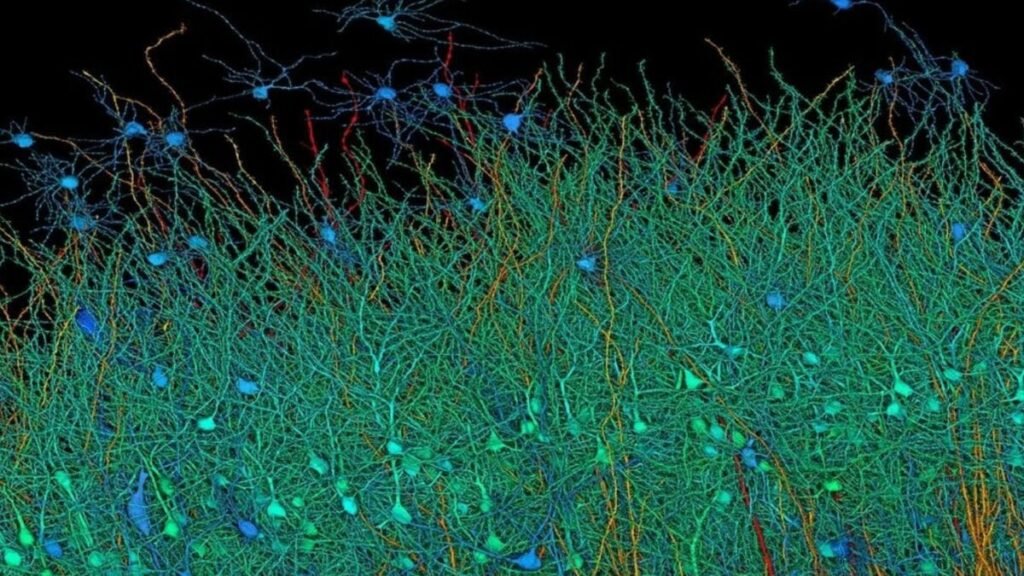Have you sailed through the hidden side of the brain? Discover the cells that shape our emotional memories!

For years, it was believed that memory was solely a matter of neurons. They created connections, they stored memories. The other cells were just background noise. But under the microscope, a surprising discovery was made. The real stars of the brain turned out to be astrocytes, and their role was much more profound than imagined.
The Brain Stars That Decide What to Remember

Astrocytes owe their name to their shape. It was once thought their only mission was to “care” for the neurons – feeding them, maintaining their chemical balance, cleaning up after their electrical activity. However, research has shown that their function goes much further: these cells activate in response to repeated emotional stimuli, stabilizing the most intense memories.
A classic fear conditioning experiment was conducted with mice by a Japanese team: a mild electric shock associated with a cage. During the first exposure, the reaction was purely neuronal. But upon repetition, astrocytes were activated, expressing the Fos gene, a biological marker of cellular activity. It was as if these cells recognized that the danger was not fleeting… but something worth remembering.
How Astrocytes Tag Memories

To understand this delayed response, researchers delved deeper. What they found was revealing: astrocytes produced more noradrenaline receptors, the molecule that transmits the signal of alert and emotion in the brain. In other words, they were biologically adapting to better receive emotion and fix it in memory.
Jun Nagai explained it almost poetically: “Astrocytes know that something dreadful has happened, and their molecular response takes hours or days.” While neurons react in milliseconds, astrocytes work in slow motion, consolidating experiences with biological precision. That delay is the key to lasting memory.
The New Paradigm: A Brain with Two Narrators

This challenges one of the most entrenched dogmas of neuroscience: that only neurons encode memory. For a century, the brain’s story has been told from a “neurocentric” perspective. Understanding how astrocytes strengthen or weaken memories could lead to therapies for memory-related diseases like Alzheimer’s or post-traumatic stress disorder. Modifying their activity could allow erasing traumas without affecting other experiences, or rescuing fading memories.
For the first time, the boundary between remembering and forgetting could be manipulated biologically.
The Guardians of What We Feel
The study suggests that we don’t remember what we want, but what our brain decides to preserve through these star cells. Astrocytes could be the scribes of the soul, archiving what once made us tremble or smile. And so, in the vast silence of the brain, where billions of impulses intersect every second, they – the forgotten, the invisible – protect what makes us human.





